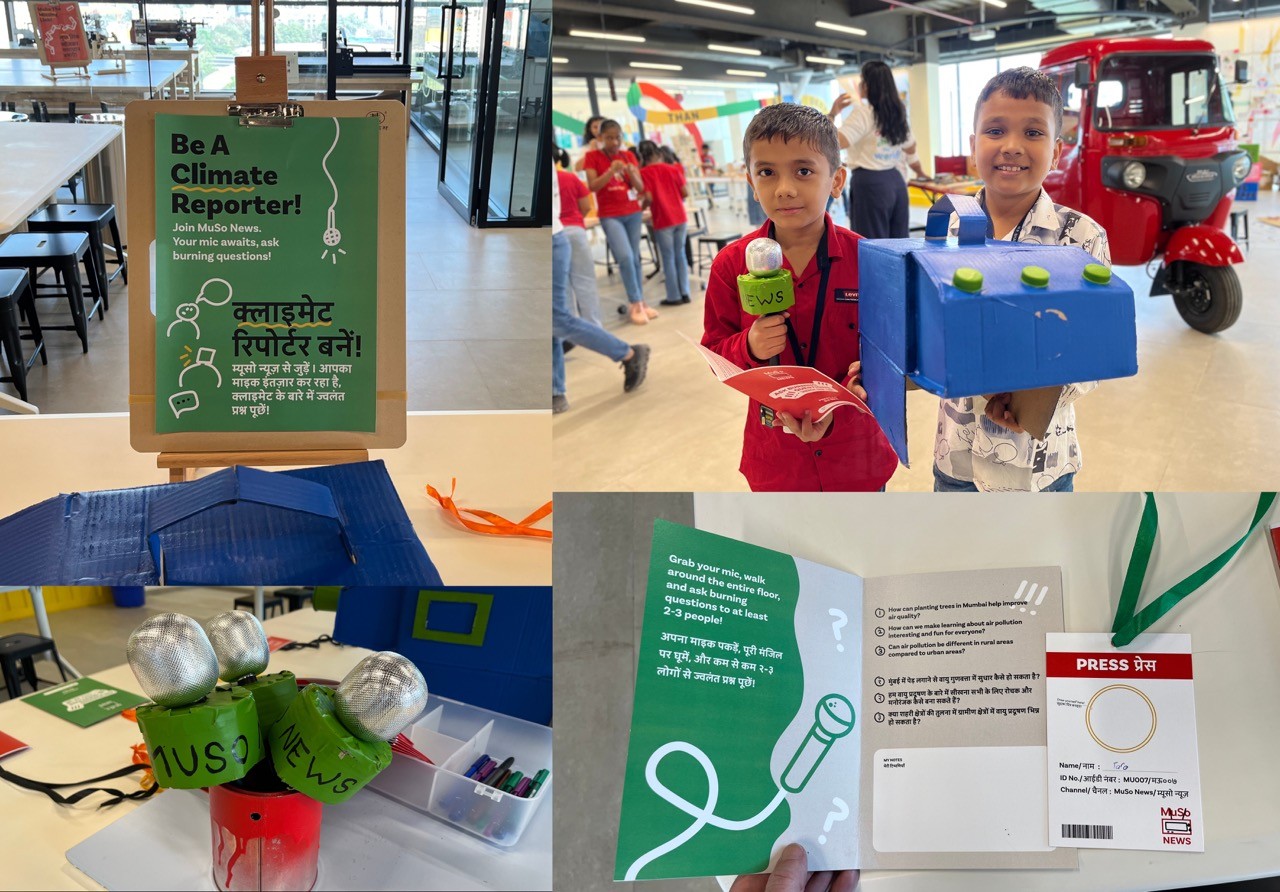Could you please tell us about your background and what motivated you to choose to work in the cultural field? How did you come across EMA?
My passion for culture, art, and the role of museums in education and community-building led me to a Bachelor’s in Communication Sciences and two Master’s degrees—one in Innovation and Organisation of Culture and the Arts (University of Bologna) and another in European Museology (IULM University, Milan). At IULM, I had the privilege of meeting Professor Massimo Negri, EMA’s Scientific Director, whose mentorship inspired me to deepen my collaboration with the organization and pursue a career in the cultural field.
Professionally, I contributed to the ‘Genus Bononiae’ project in Bologna, transforming seven historic buildings into museums and cultural venues, which was also the venue where the first Children in Museums Award ceremony was held in 2012.
Currently, I am the Multimedia Editor for a Specialist Master’s program in Contemporary Museology at IULM University in Milan. My cooperation with the European Museum Academy includes the Heritage in Motion Award and, since 2024, serving as a jury member for the Children in Museums Award.

As part of the European Museum Academy, what key priorities have you identified for the future of museums? What are the critical areas for development in museum practice?
New types of museums emerging worldwide illustrate the evolution of these institutions from their traditional role of knowledge preservation to becoming dynamic spaces that address contemporary challenges, foster creativity, and inspire new generations. A key aspect of this transformation is the reinvention of museums’ technical and educational approaches. Digital tools like virtual and augmented reality, gamification, and interactive storytelling are making museums more accessible and engaging, particularly for digitally native audiences, while reinforcing their role as lifelong learning centres, remaining relevant and impactful.
In the Heritage in Motion Award process, how do you see the role of digital tools and technology in transforming the presentation of cultural heritage? Are there any standout innovative projects among recent award winners? How do you approach the integration of new technologies in museum practices, and what do you see as the most promising technological advancements for the museum sector?
Technology evolves much faster than museums can adapt. While it’s unrealistic to expect museums to showcase every cutting-edge technology, there is no doubt that new tools can be a powerful means of communication. Museums don’t need to chase the latest trends but, when possible, they should embrace and integrate technology to enhance how they convey messages. The key is not just using technology for the sake of it, but ensuring that it supports and strengthens the narrative and the visitor’s experience.
Heritage in Motion showcases how technology can transform cultural heritage communication. Each year, the awards highlight innovative projects that push the boundaries of engagement and storytelling, offering valuable insights for the museum sector. Categories such as VR & AR Reality, New Digital Experiences, Heritage Audiovisuals, and Heritage Schools demonstrate diverse applications of technology to enrich visitor experiences.
While advocating for greater engagement of children in museums, how do you think the educational content in museums needs to evolve? How are museums across Europe responding to this shift? As a jury member of the Children in Museums Award, what innovative projects or initiatives have you found particularly effective in enhancing children’s interaction with museums? What are some of the most impactful experiences in this field?
The role of museums is evolving rapidly, moving beyond traditional educational or experiential purposes to become spaces for shaping personalities and empowering younger generations.
The 2024 winner of the Children in Museums Award, the Museum of Solutions (MuSo) in Mumbai, India, exemplifies this shift. MuSo’s mission is rooted in the belief that children can change the world. It positions kids as active agents of change, encouraging them to address real-world challenges and contribute meaningfully to society. MuSo involves kids in every aspect of its operation—from designing activities to volunteering, leading workshops, and implementing projects—making it a dynamic, impactful space.
Another notable example is the Children’s Biennale at the Groningen Museum in The Netherlands, which engages children and youth in co-creating exhibitions. Inspired by the National Gallery of Singapore’s 2017 Children’s Biennale, this initiative reflects a global trend toward participatory museum practices.
By fostering creativity, responsibility, and active engagement, museums are transforming into powerful platforms for personal growth and societal change, preparing the next generation of changemakers.
What advice would you give young museum professionals looking to make an impact on the museum world? How can they best navigate the evolving landscape of cultural institutions? I have also heard that you and Massimo Negri are preparing an article for the next newsletter, could you tell me what it is about?
For young museum professionals, my advice is simple: stay curious, learn from global best practices, and be open to new ideas that challenge traditional paradigms. See museums as dynamic spaces reflecting and influencing society. Collaborate across disciplines and cultures to bring fresh perspectives and meaningful connections between museums and contemporary life.
In this context, Professor Negri will present the new structure of the Master’s in Contemporary Museology at IULM University in the next newsletter, focusing on the preparation of new generations in the museum sector.
